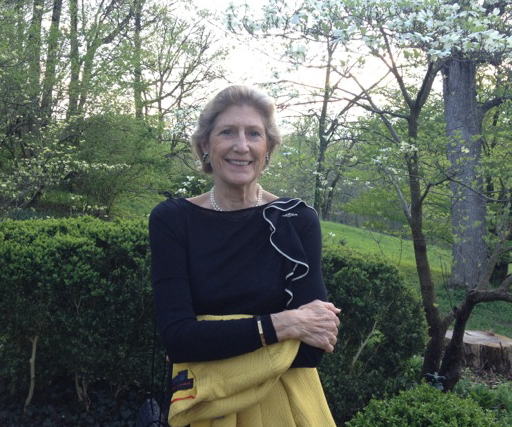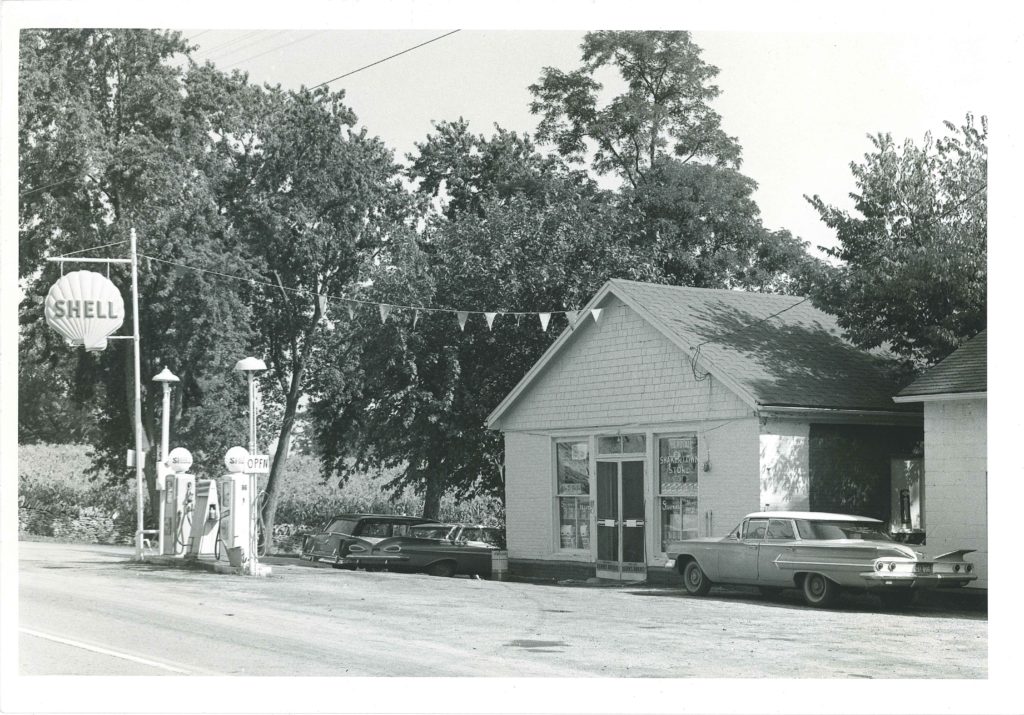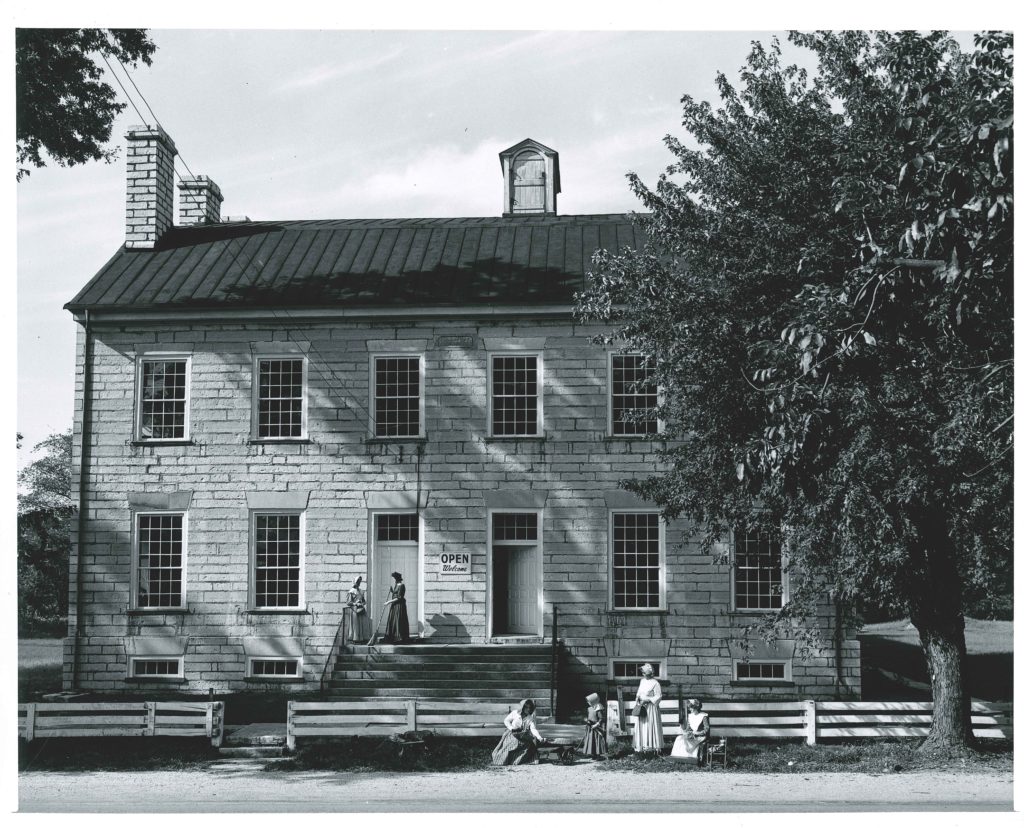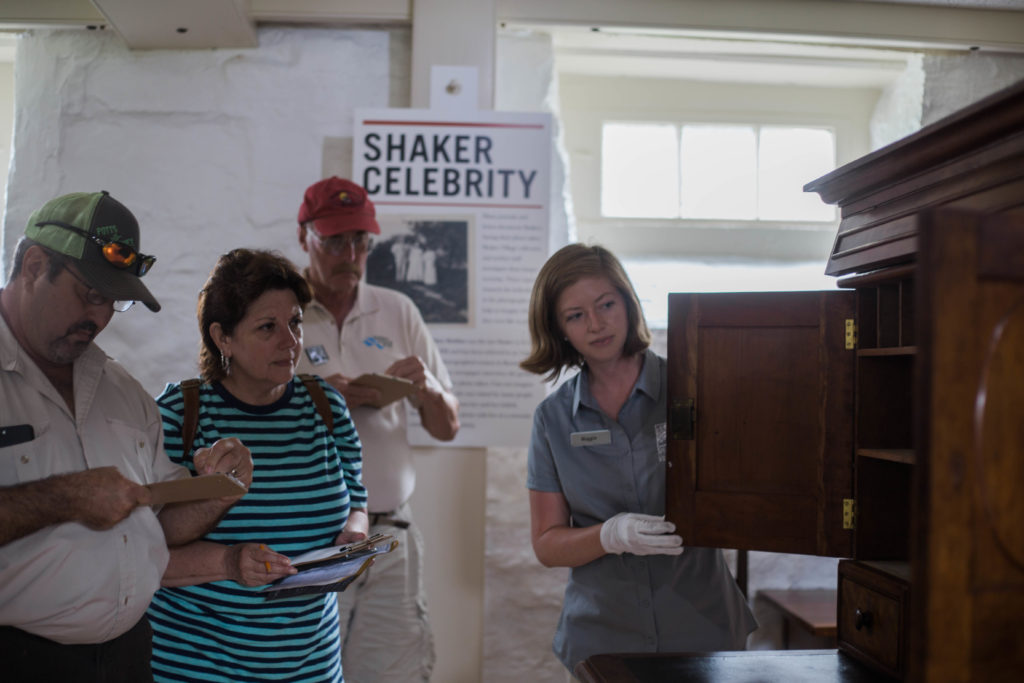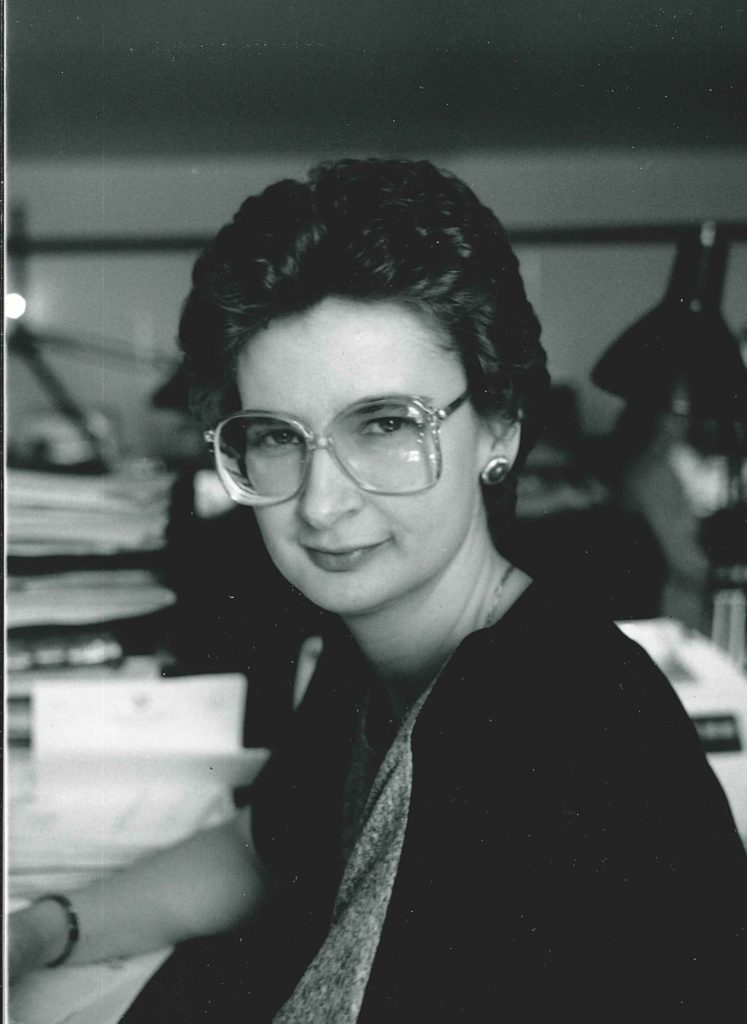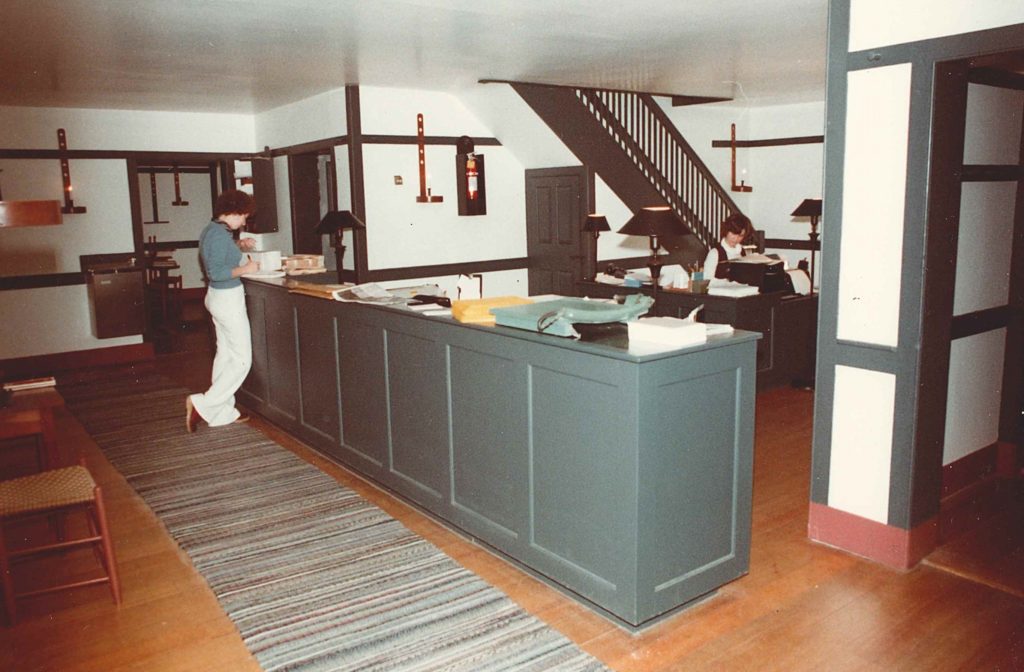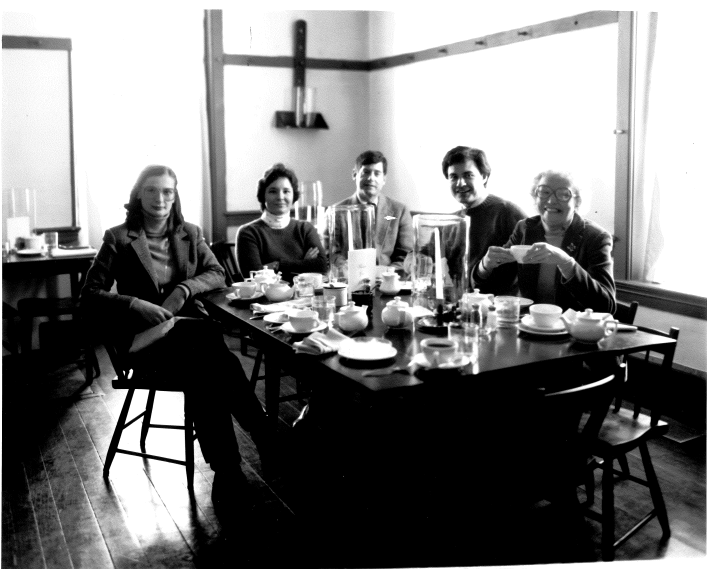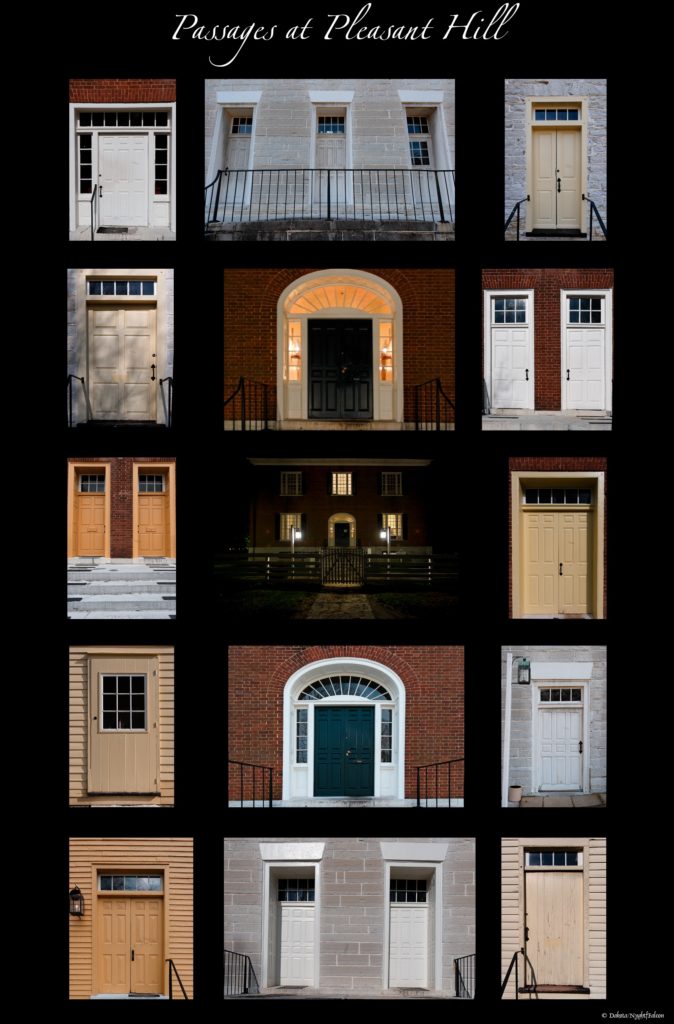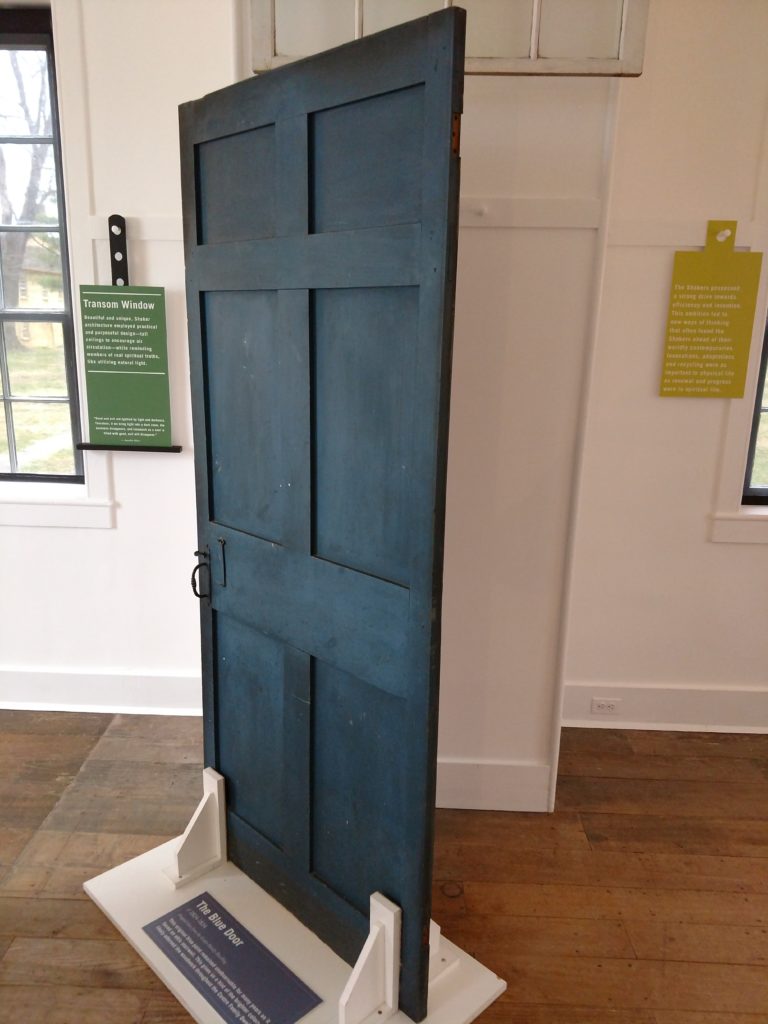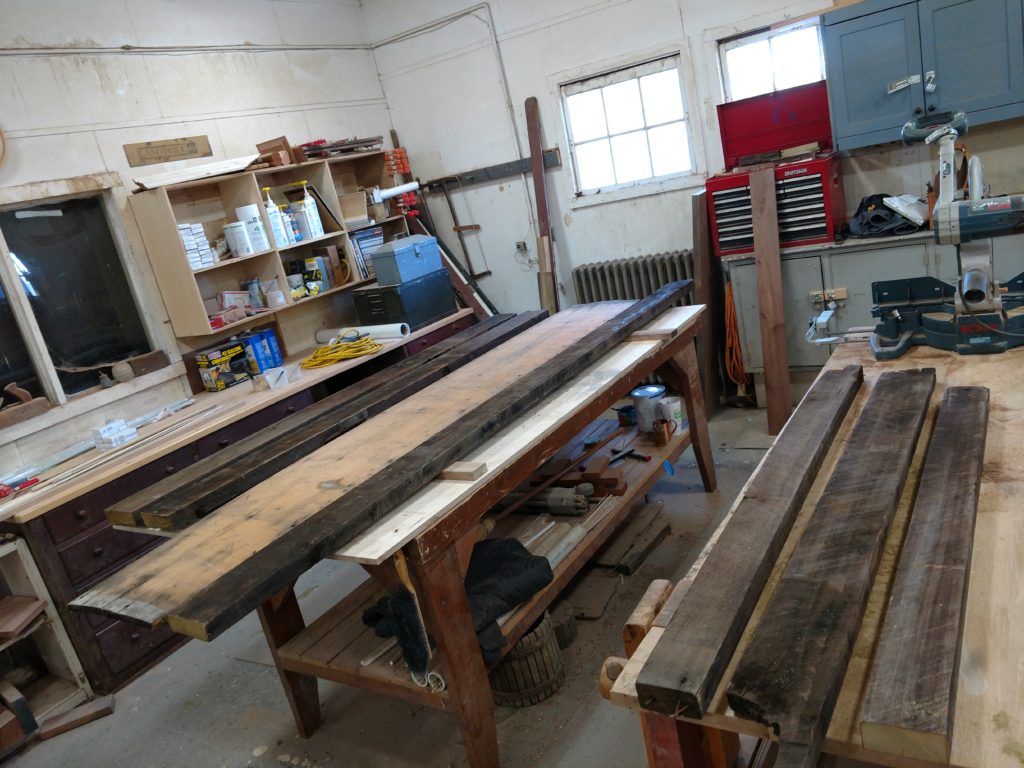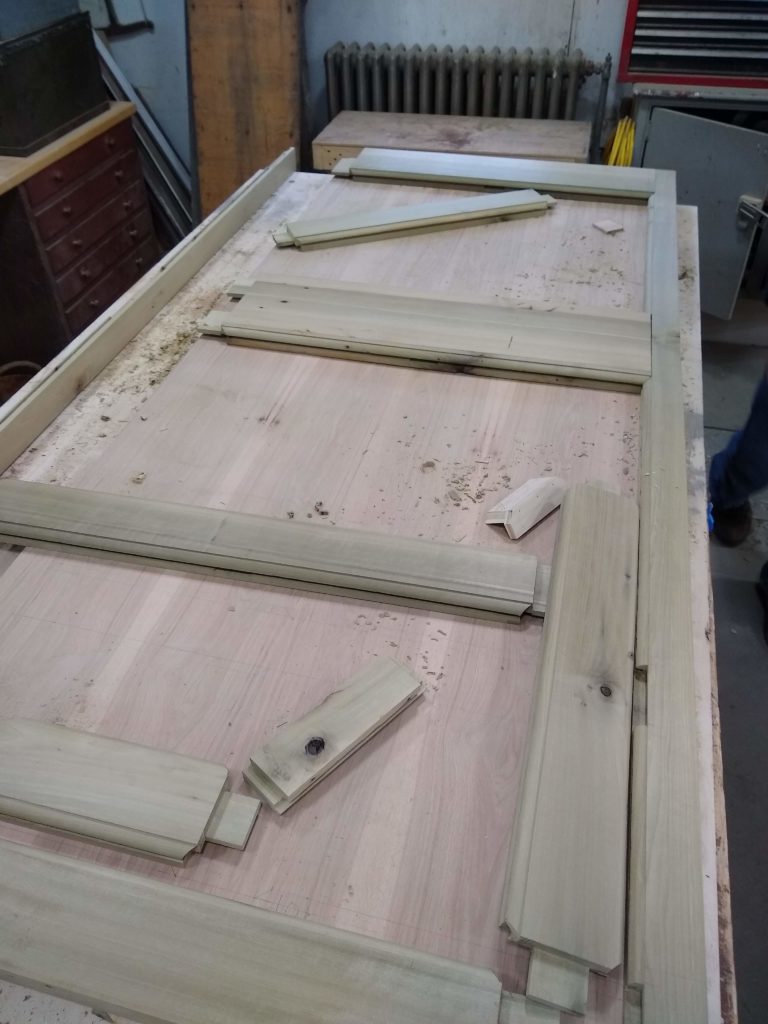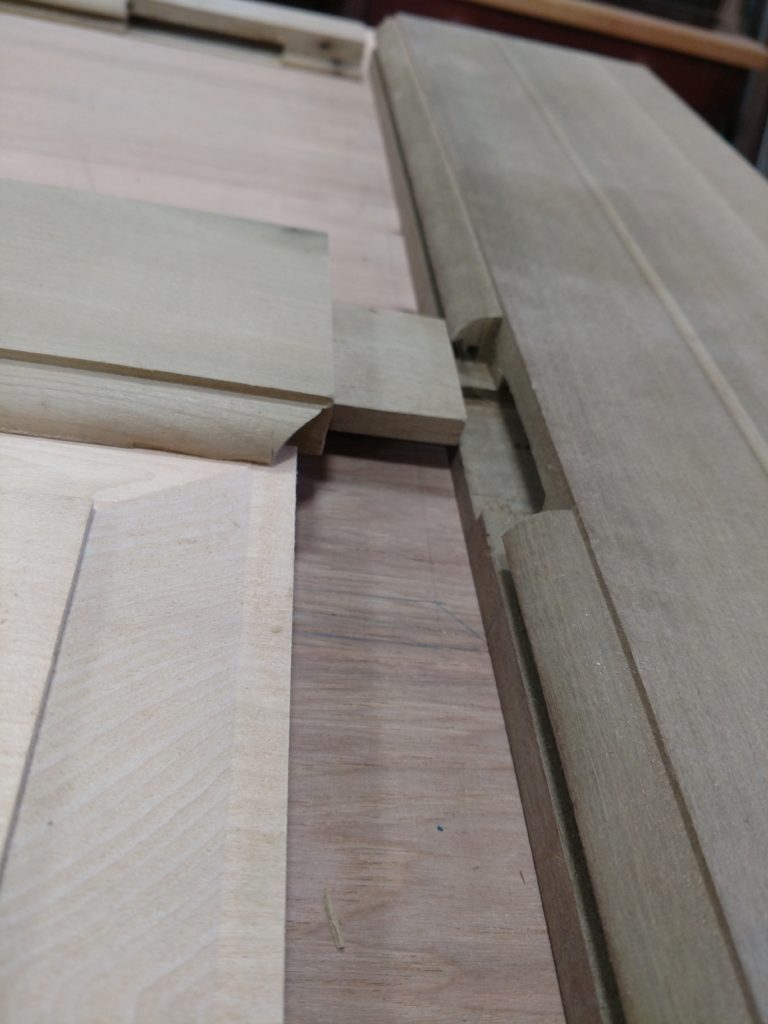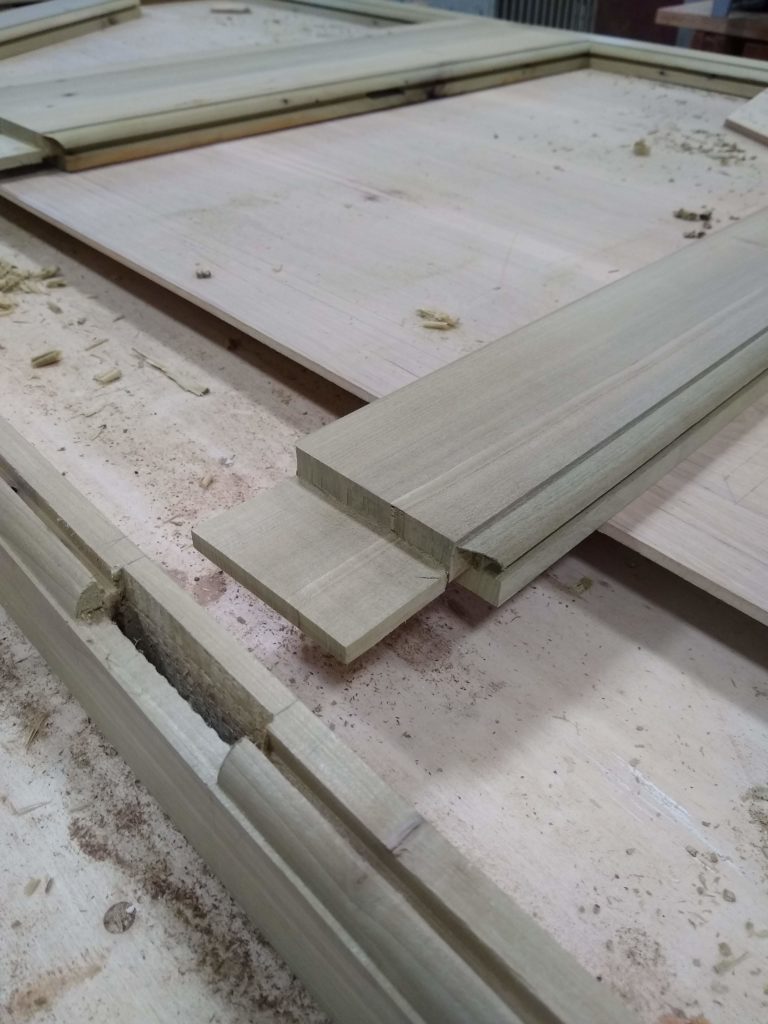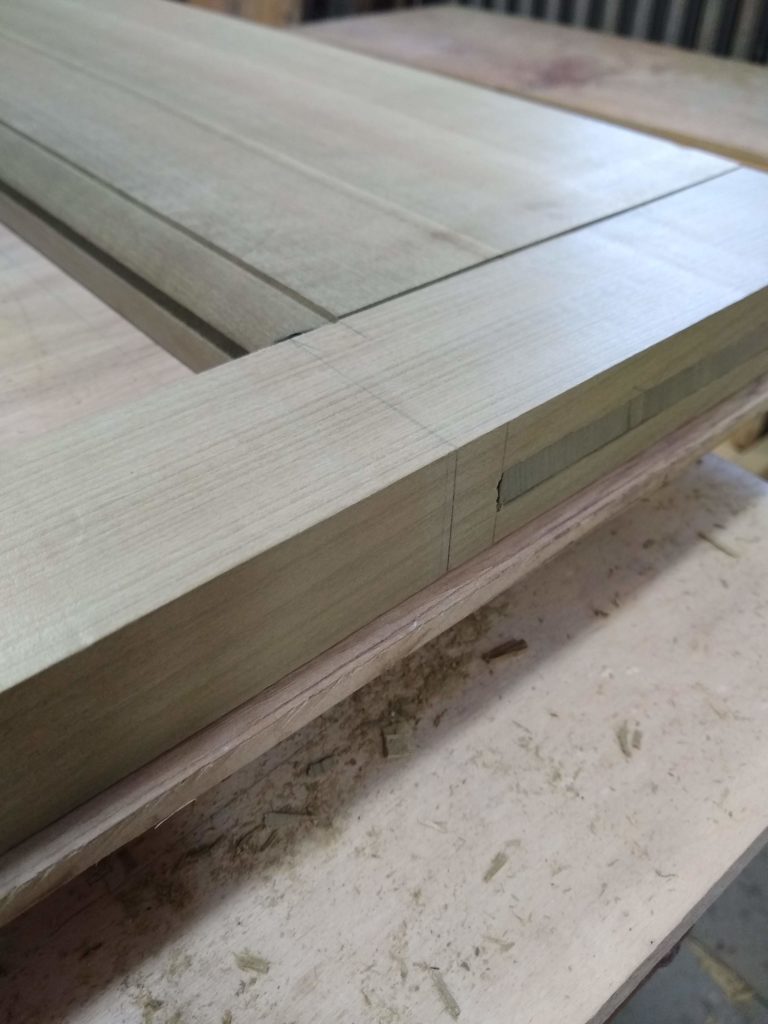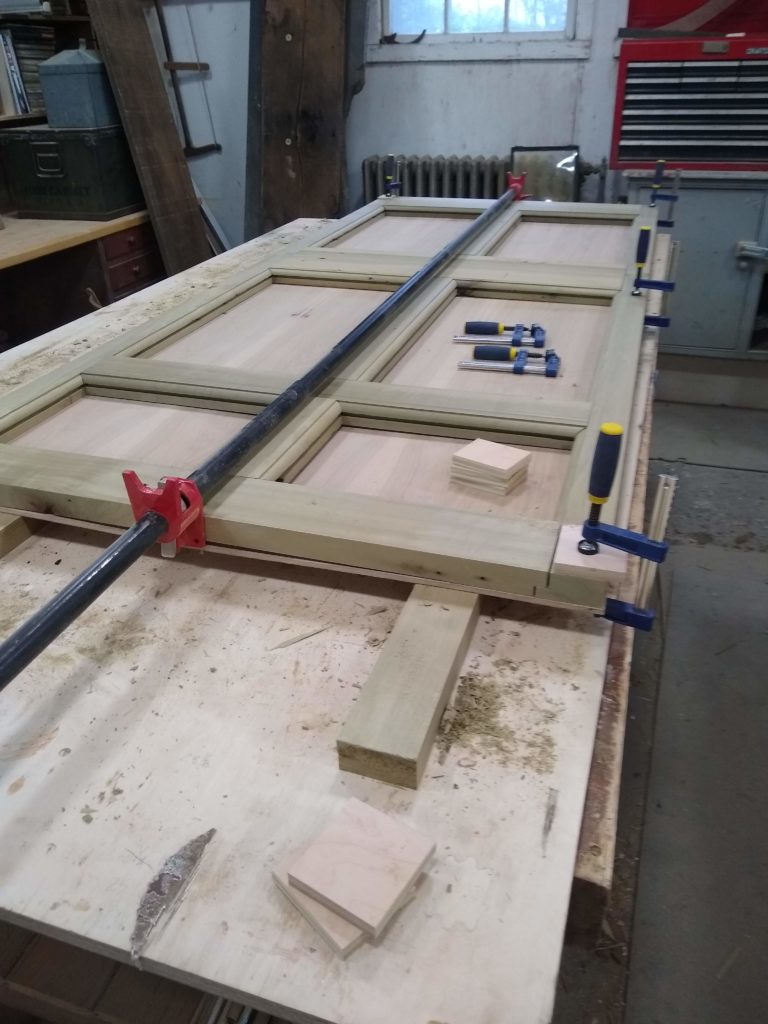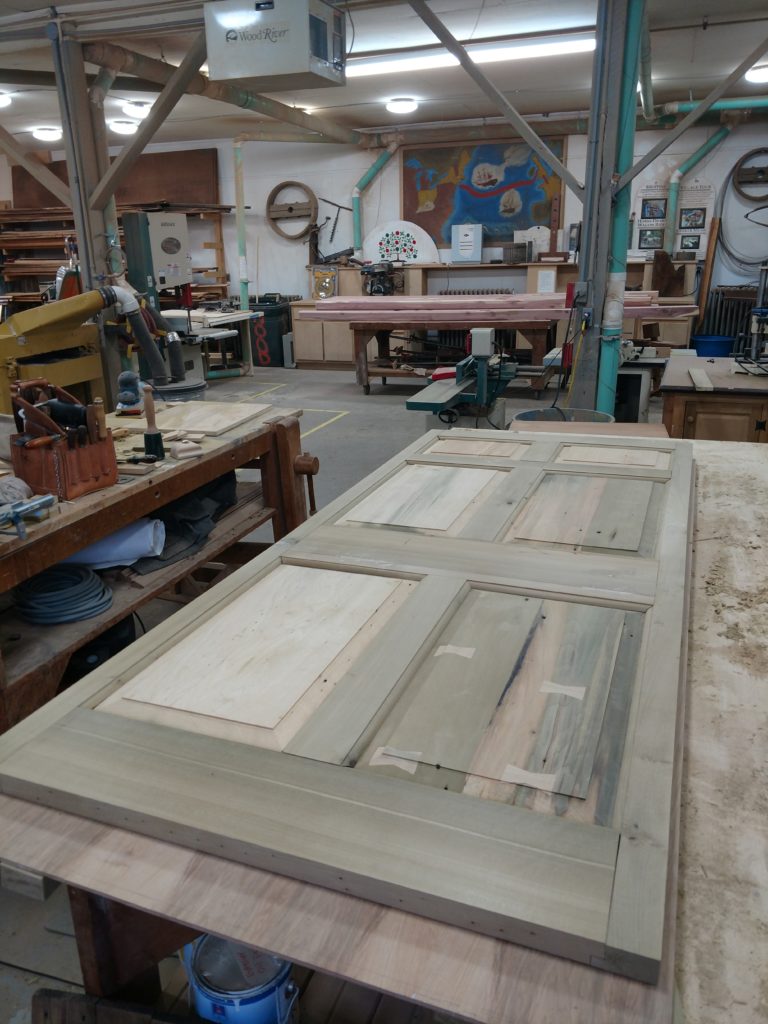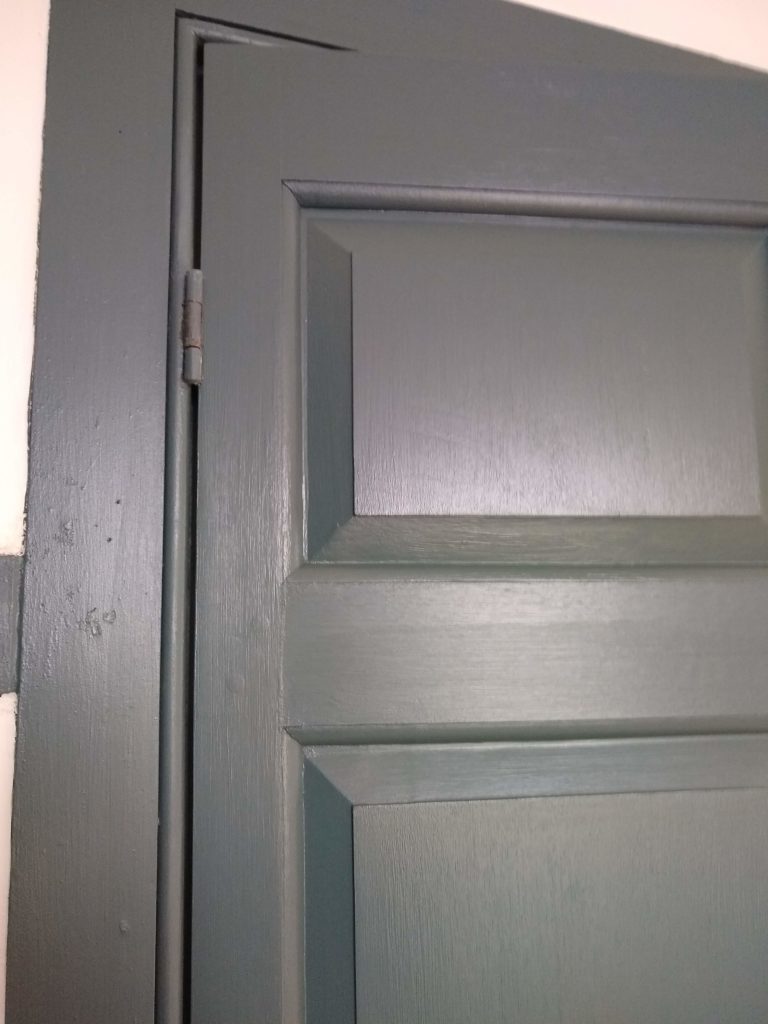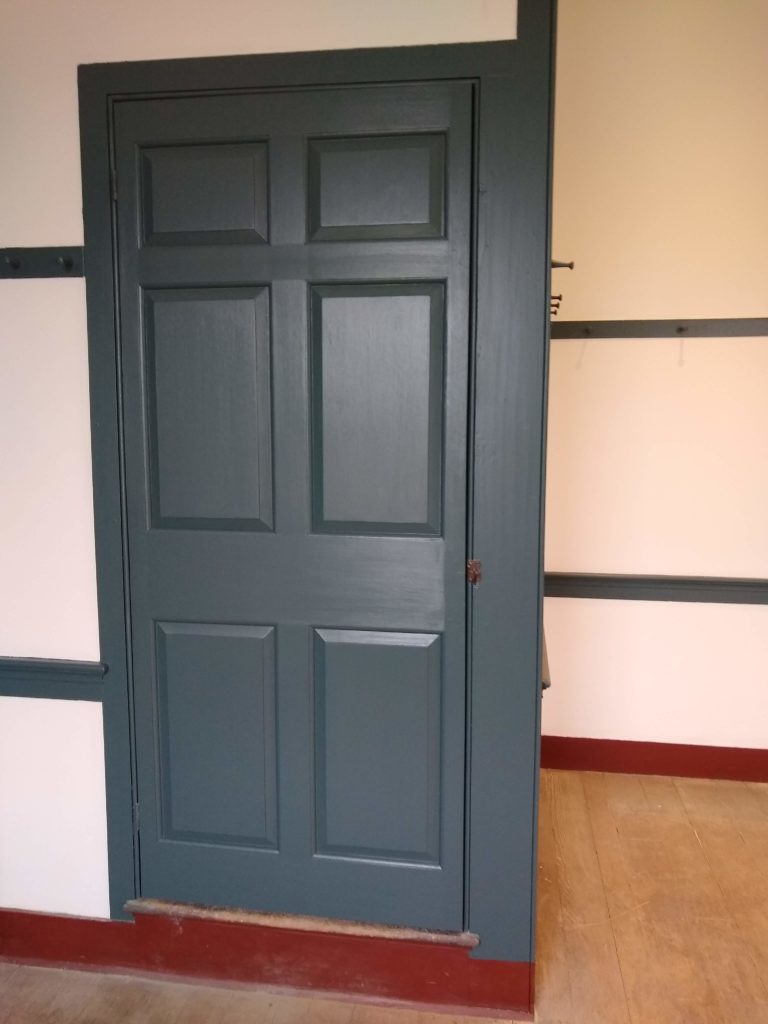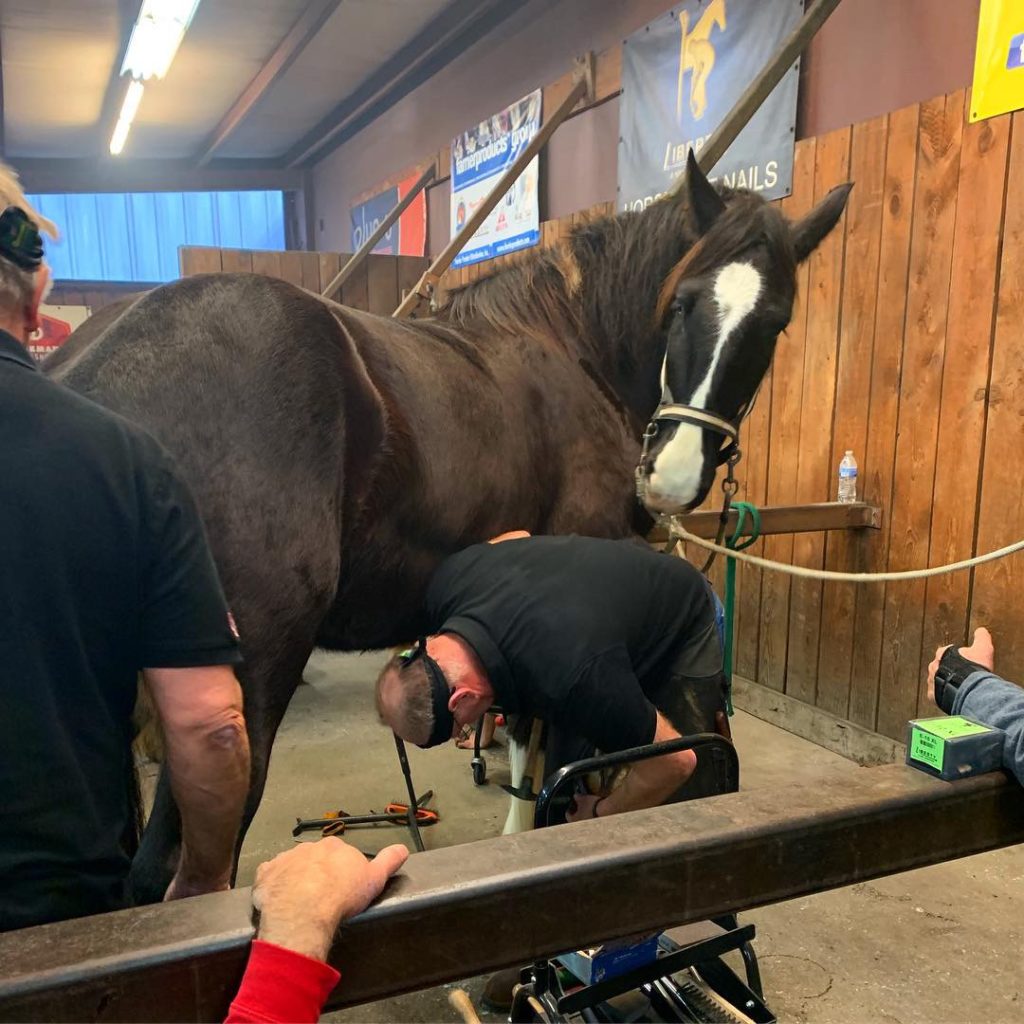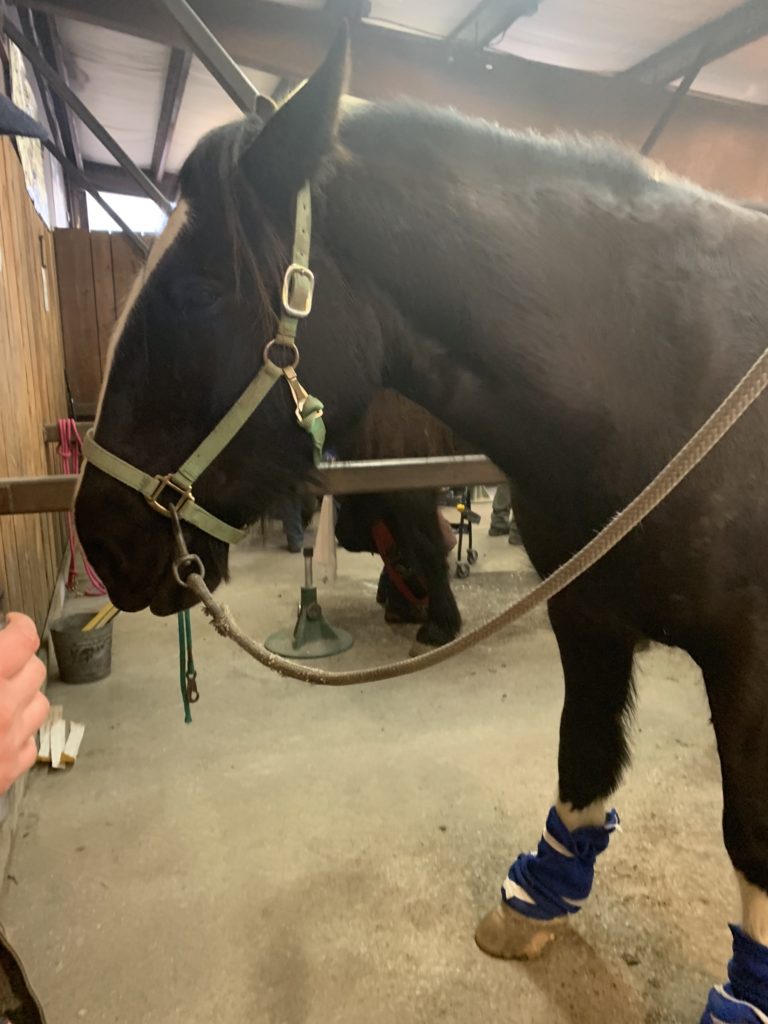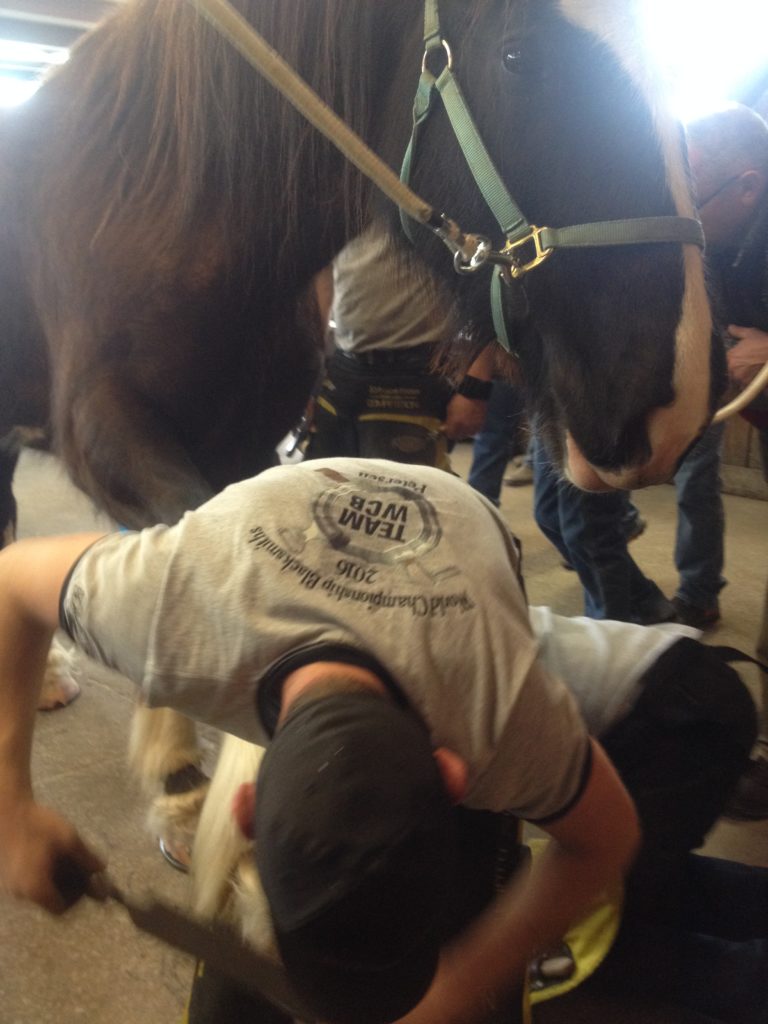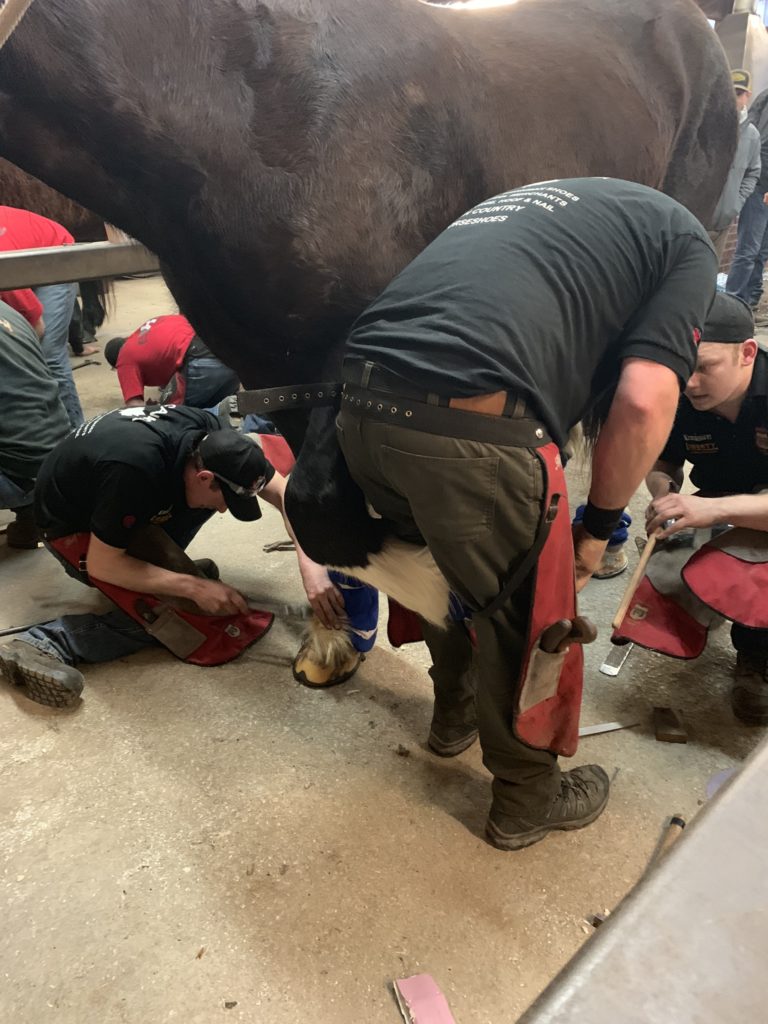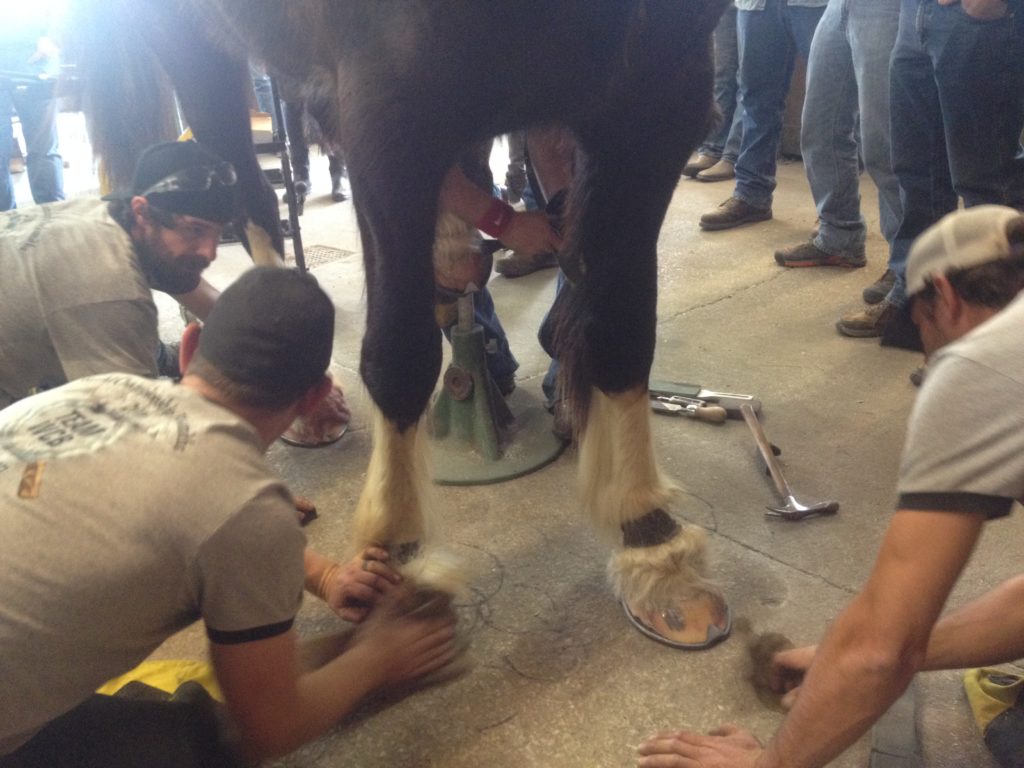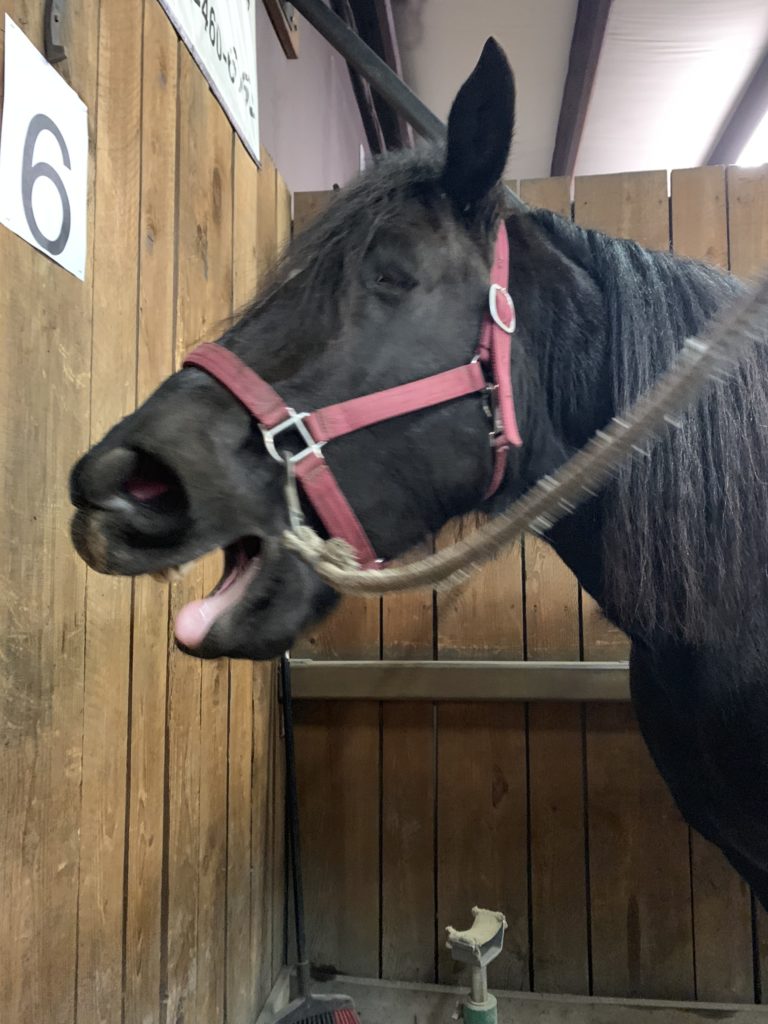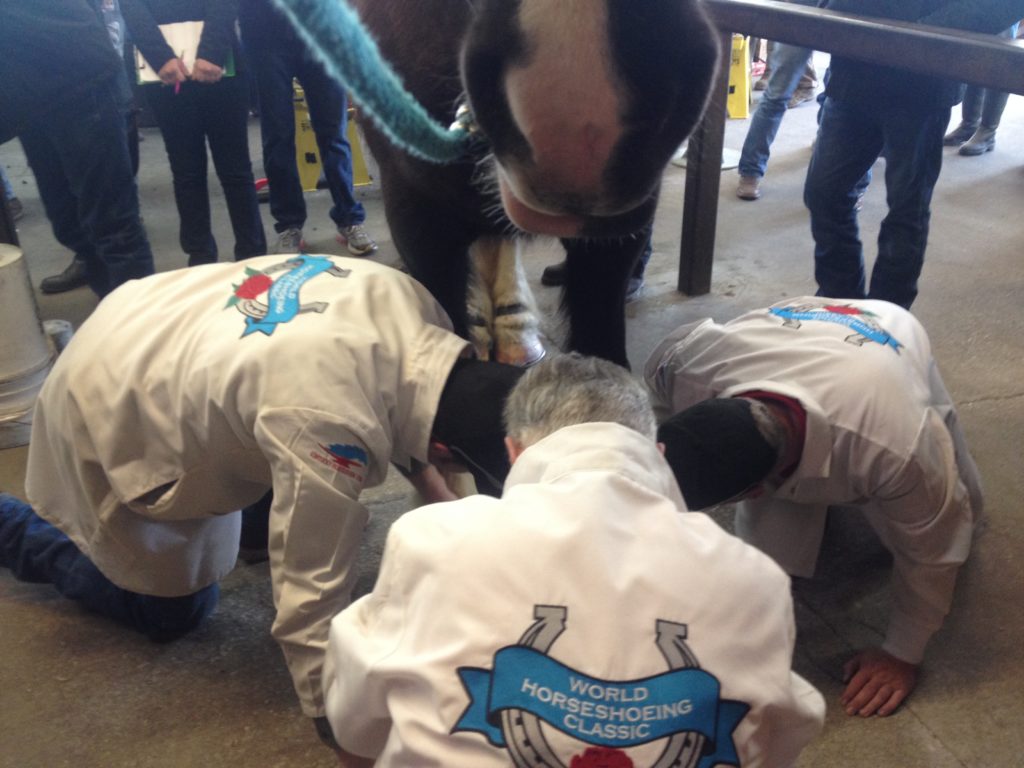Aaron Genton, Collections Manager
One day earlier this week, I had a chance to see all of the Pleasant Hill stereographs that we have in our collection. This form of photography was popular from the mid-19th to early-20th centuries, during which time millions of stereoscopic views were produced for popular consumption. Visually, they are pretty cool, and I wanted to take this chance to share a few of them.

Stereoscopic photography recreates the illusion of depth by utilizing the binocularity of human vision. Because our two eyes are set apart, each eye sees the world from a slightly different angle. Our brains combine these two different eye-images into one, a phenomenon that enables us to “see,” ever so slightly, around the sides of objects, providing spatial depth and dimension.

Stereoscopic views, or stereographs, consist of two nearly twin photographs – one for the left eye, one for the right. Viewing the side-by-side images through a special lens arrangement called a stereoscope helps our brains combine the two flat images and “see” the illusion of objects in spatial depth.

In other words, when viewed through a stereoscope, you were seeing a 3-D image!
Learn more about stereoscopic views..

In 1859, the vivid experience of viewing these photos was described this way:
The first effect of looking at a good photograph through the stereoscope is a surprise such as no painting ever produced. The mind feels its way into the very depths of the picture. The scraggy branches of a tree in the foreground run out as if they would scratch our eyes out. The elbow of a figure stands forth so as to make us almost uncomfortable. Then there is such a frightful amount of detail, that we have the same sense of infinite complexity which Nature gives us. A painter shows us masses; the stereoscopic figure spares us nothing… Learn more about this quote…

This became a common form of home entertainment – rather than watching TV at home every night, imagine settling in with your stereoscope and a stack of stereographs! They were affordable, and widely available, which gave almost everyone an opportunity to see things through their stereoscope that they might never see in person. Perhaps many people, when viewing the images in this post, were getting their first look at Pleasant Hill. They might’ve read about it, or even seen a drawing. But this was possibly their first, maybe only, time to see this very special and unique place.
I wonder what their impressions would have been?
